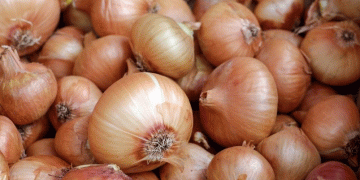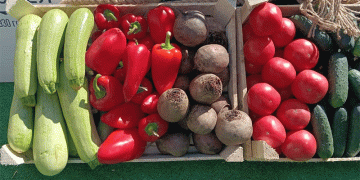Market Dynamics and Trade Influences Impacting Onion Prices
The current market scenario in India shows a notable upward trend in onion prices, while neighboring countries Pakistan and Afghanistan are experiencing a decline in prices. This divergence is influenced by the trade dynamics where Afghan onions are being imported into India via Pakistan, significantly affecting the local onion market. These imports primarily enter through Amritsar in Punjab and the Delhi markets, and are expected to penetrate further into the Indian market.
Domestic onion supplies from key regions such as Rajasthan and Madhya Pradesh are diminishing. Currently, stocks are being sourced from Nashik, Chakan, and other markets in Maharashtra, as well as Madhya Pradesh. In Delhi, Afghan onions are priced between ₹25 to ₹30 per kilogram. Despite the availability of Afghan onions, there remains a strong preference for domestic onions due to their perceived higher quality.
The Mahatma Phule Market in Chakan is currently reliant on stored onions, with no new stock available. Recent reports indicated the arrival of 1,000 quintals of old onions, which were sold at wholesale prices ranging from ₹20 to ₹30 per kilogram. This price range is attributed to a significant reduction in overall supply, as noted by Kailas Limbhore and Balasaheb Dhandre of the Khed Agricultural Produce Market Committee.
The upward trend in onion prices in India can be linked to several factors:
- Reduced Domestic Supply: The dwindling supplies from Rajasthan and Madhya Pradesh have increased reliance on stored onions from Maharashtra, contributing to higher prices.
- Import Dynamics: The influx of Afghan onions has influenced local prices. While these imports offer some price relief, they haven’t significantly lowered the overall market rates due to the preference for domestic onions.
- Storage and Quality Concerns: The reliance on stored onions and the absence of new stock have exacerbated the price situation, as stored onions often fetch higher prices due to their limited availability and preservation costs.
In contrast, Pakistan and Afghanistan are experiencing a price decline due to ample local supplies and fewer export opportunities. The surplus in these countries has led to lower prices, influencing their decision to export to India, where prices are higher.
Looking ahead, the Indian onion market may see further fluctuations based on the following factors:
- Harvest Periods: The arrival of new crops from different regions could stabilize prices if the supply meets market demand.
- Import Policies: Government decisions on import regulations and tariffs could affect the volume and price of imported onions.
- Weather Conditions: Adverse weather can impact onion production and storage, influencing market prices.
In conclusion, the fluctuation in onion prices across India and its neighboring countries highlights the complex interplay of local supply dynamics, trade policies, and consumer preferences. Stakeholders in the onion market, from farmers to traders and consumers, must navigate these variables to manage costs and supply effectively.
































